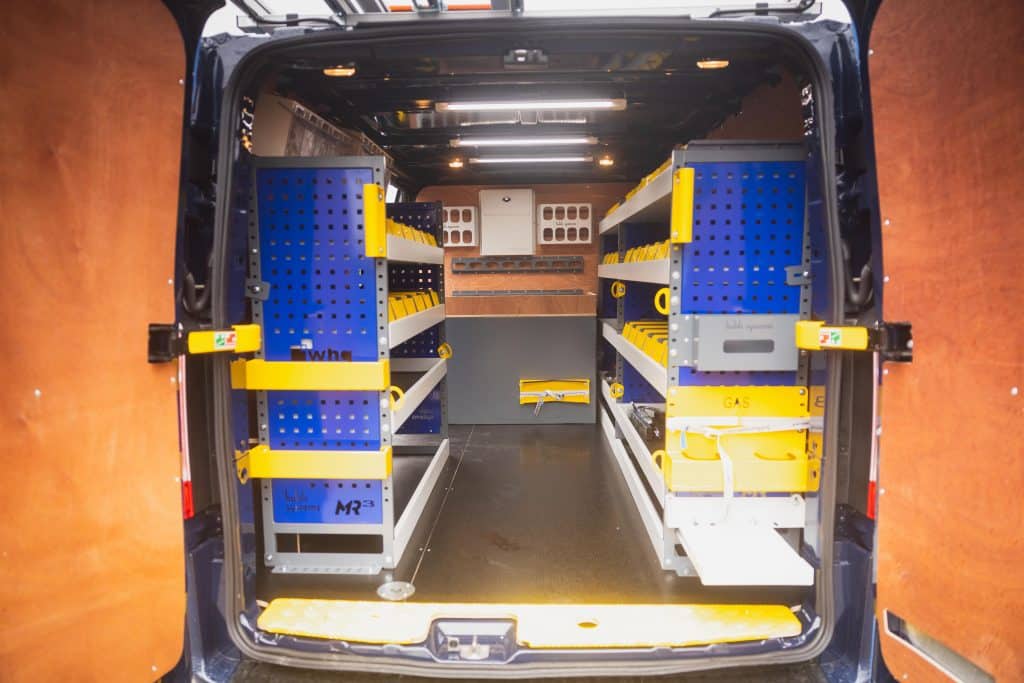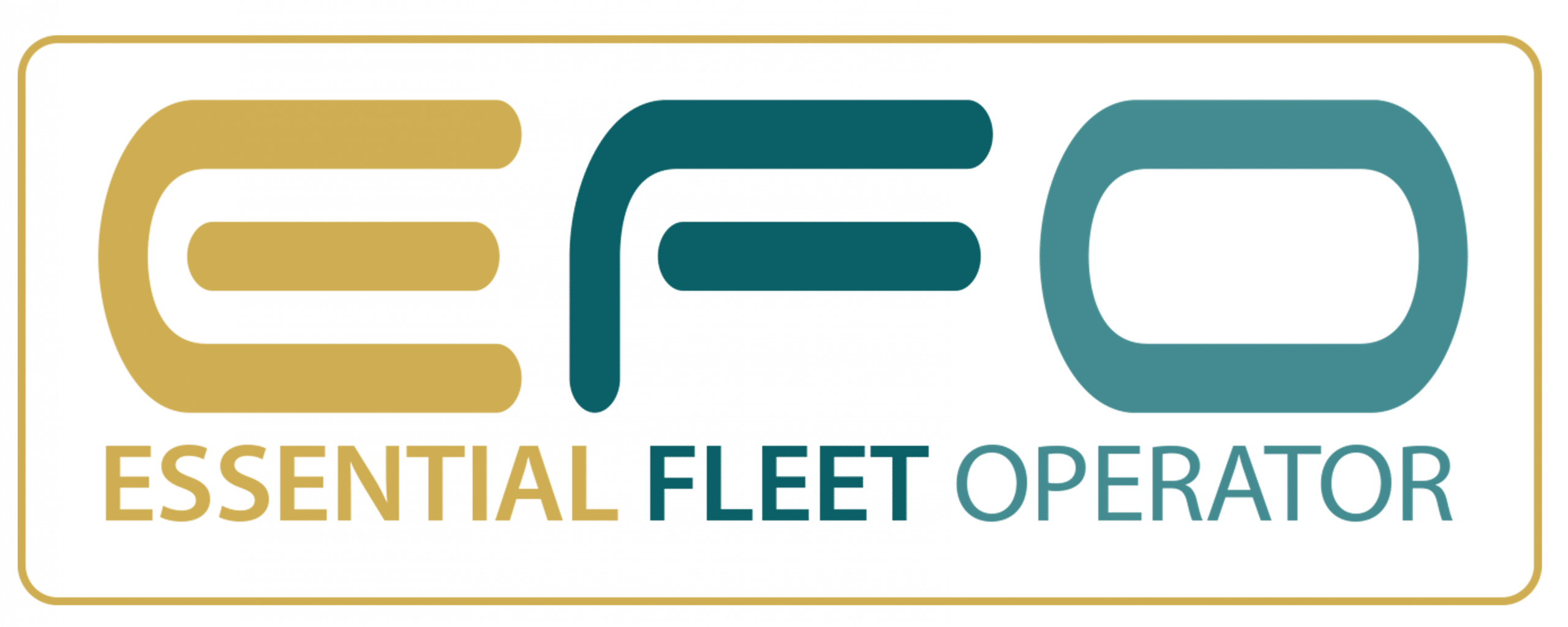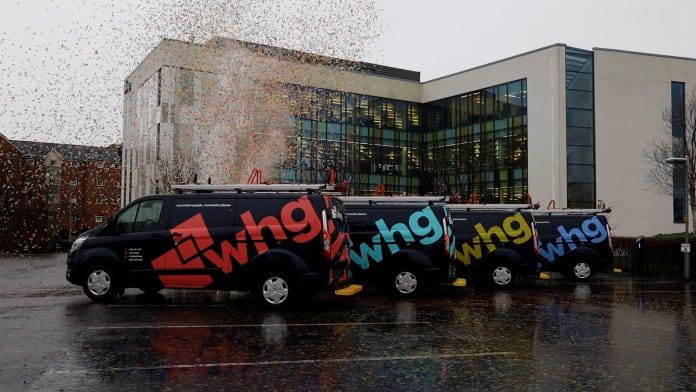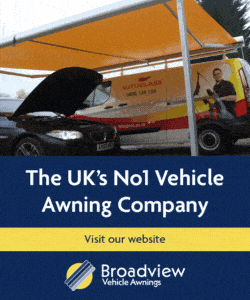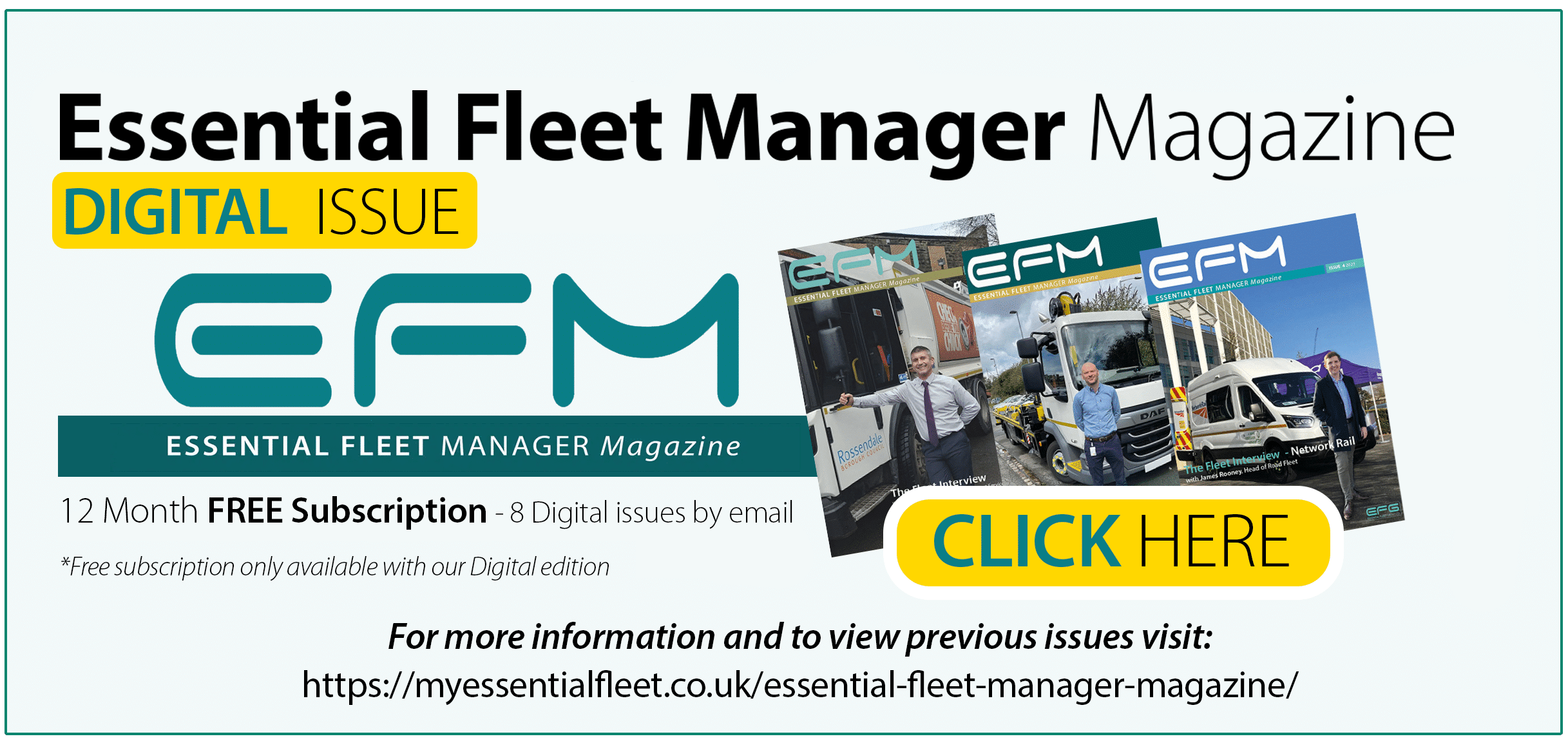Midlands-based whg has unveiled its new fleet of 217 vehicles, which will be used by the asset management team to deliver a fast and responsive repairs and maintenance service to more than 40,000 customers.
Essential Fleet Manager spoke with Darren Russell, Transport Operations manager, to find out more about his role at whg and the procurement process that has delivered this new greener and efficient fleet of vans.
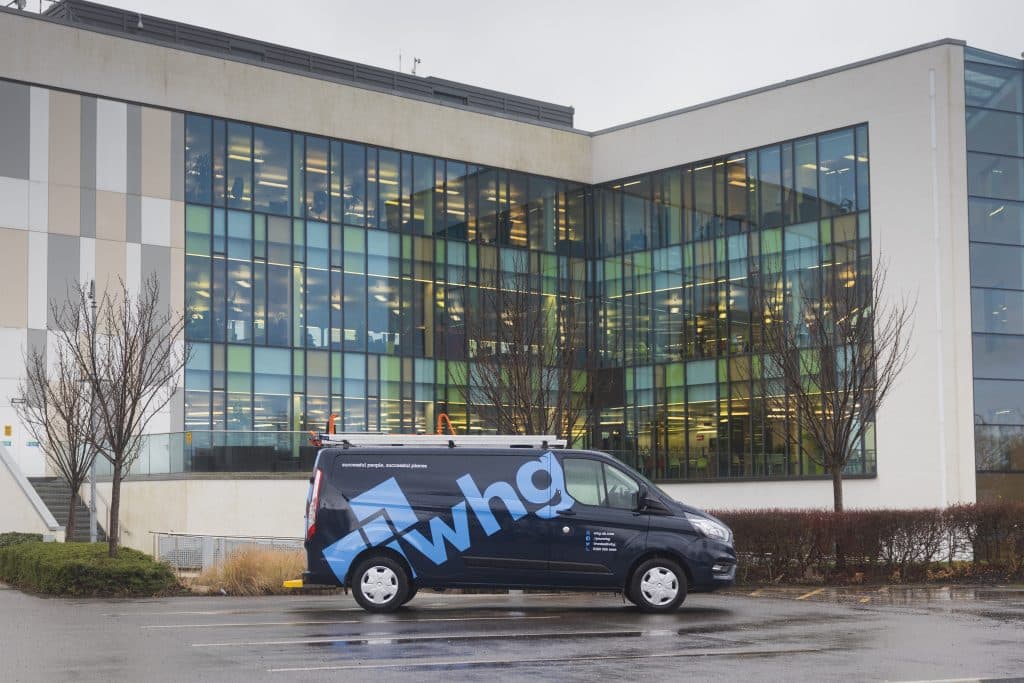
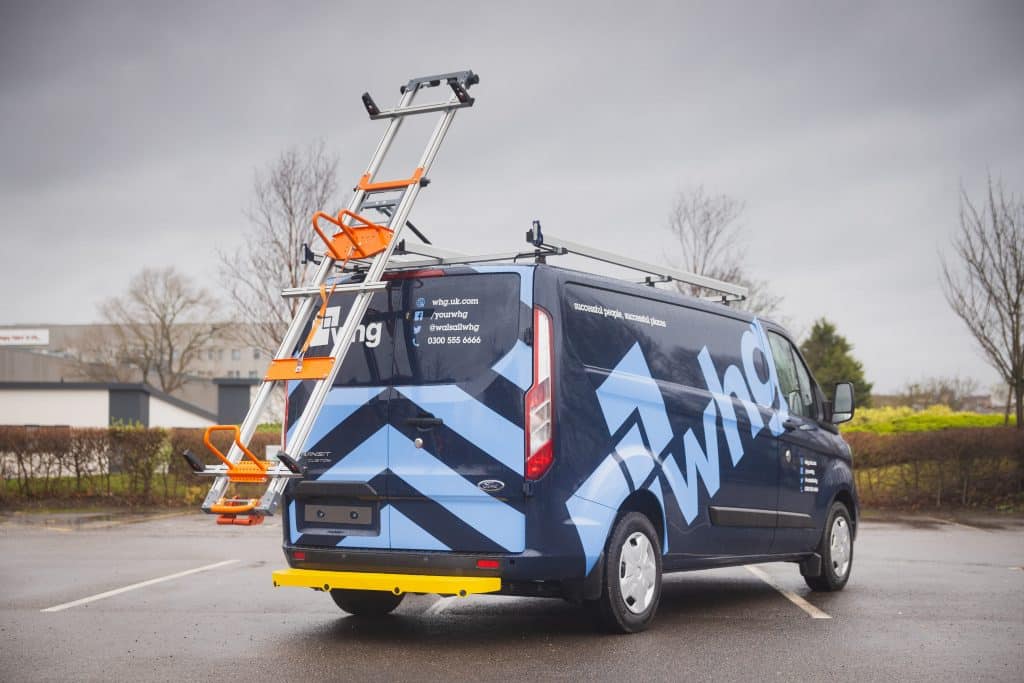
Q:How has your role developed over the time that you have been with whg?
Since joining whg in 2005, the role has evolved into a wider fleet focused role covering the elements of compliance and contract management within the business. Transport & Fleet is recognised at a strategic level and regarded as highly as other compliance areas, such as Gas Safety.
Q: During the same period, what have been the key changes in fleet management in the social housing sector?
I believe the social housing sector has taken on-board some key points around the safety of their engineers to further enhance the compliance requirements around vehicle usage and safety. I’ve seen a rise in the number of housing associations taking their fleet requirements more seriously to protect their organisations. Some have brought in new Fleet Manager positions to focus on the future challenges of industry changes, such as the introduction of electric vehicles, and to look at the corporate responsibilities that face the sector.
Q: What objectives and targets do you hope to achieve through your current fleet strategy?
Our current fleet of vehicles is over seven years old. We initially procured these on a six year contract hire and further extended the vehicles to sweat the asset. We’re now going through an implementation of our new diesel fleet procured on a contract hired basis over 5 years. This will help increase uptime in relation to vehicle unreliability and give our colleagues the tools they need to do their work more efficiently. It will also ensure we meet the high levels of diesel emission standards so that our fleet is fit for today and ready for tomorrow. This will help whg serve our customer base across the wider Midlands area and improve our already high customer satisfaction levels, while also giving us a level of flexibility and giving us the ability to tender for an electric fleet when required.
Q: Your new fleet of 217 vehicles is set to future-proof the services of whg. What were your priorities when specifying the vehicles and how helpful was consultation with operatives/drivers when deciding the final vehicle requirements?
We carried out a comprehensive review of our fleet prior to tendering out the service requirements to the open market through a compliant OJEU process, taking into consideration various options available to the organisation, such as Operating Lease, Contract Hire, Outright Purchase. As part of this consultation we spoke with our end user colleagues and took their requirements into consideration. The whg standard and specification of the current vehicles was already to a high standard.
Using this specification from 2013 set the foundations for discussion for the new vehicles and put us in good stead. There were a few key items for discussion – the main one was air conditioning. This had been strongly recommended in the survey we put out to colleagues, and following their suggestion we implemented it into the new fleet. We also looked at whether we should continue to use speed limiters restricted to 56mph. In 2013 our 56mph speed level was adequate for a business working in such a confined rural area but since then whg has expanded its geographical area, with motorways being used more and more to travel to operating areas. Due to this, we decided to raise the speed limit to 70mph.
There were some other challenging discussions as well, some around the racking inside the vehicles. The business had already double-lifed its current racking solution with some vehicles being treble-lifed, so a decision was made to specify new racking to meet whg’s critical business requirements.
Finally, we needed to consider end-user comfort and needs. These vehicles are parked at colleagues’ homes, so users are invested in the overall look of their vehicle, for example the colour and graphics used. This produced some interesting discussions and challenges with balancing company image, vehicle specification and obviously the cost of any such request. This all took extensive consultation to get the right vehicle, built to the right specification.
Q: You have said that the internal storage system in the new vehicles is designed specifically for whg’s needs. How important is close collaboration with the supplier when designing a bespoke system such as this?
When I first started with whg, the transport team inherited a consistent approach across all vehicles with the same style of racking across different trade requirements. We quickly realised we needed to change this so that each vehicle was tailored to the colleague and didn’t hinder their way of working and performance. Something as simple as designing a system to have the 8×4 plywood sheets for our carpenters behind the racking sections instead of in front of the racking made a huge difference. This change meant carpenters could still access the material storage bins on the shelving, something they had struggled to do previously.
Over the past 16 years the racking has evolved and become more bespoke to our requirements across each of the teams. Internal pipe tubes for our gas engineers, for example, has reduced the need for roof tubes. This has not only reduced wind drag and noise but also reduced the risk of expensive copper tubing being stolen from vehicles.
Our specification works well and has bought efficiencies in the way whg colleagues work.
Q: What technology do you utilise in managing your fleet?
Our current fleet is monitored though Telematics by Quartix. However, through our new supplier and tendering process we have taken on a new telematics company. Although the Quartix system was excellent, we hope to see some smarter ways of working and improved reporting linked into supplier platforms.Q:
Q: How does that technology help you manage occupational road risk and efficiency?
It’’s too early within the new contract to evaluate the reports coming from the new supplier’s technology. However, we hope to improve on the reporting suites relating to speeding, driver behaviour, local trade to job requirements, vehicle overloading and also to assist the business in lone working.
Q: How do you meet the challenges of managing a fleet that is largely based at drivers’ homes?
It can have its challenges – you can guarantee the day you need the vehicle for a service or planned accident repair is the day that our colleague is off work. It’s important to have the flexibility within your contract and supplier chains to ensure they can adjust to these occurrences.
I think our biggest challenge is yet to come. We all know that the world of electric vehicles is upon us and we need to understand what infrastructure is required to ensure we are ready for this change. It’s no use putting a colleague in an electric vehicle if they live in a fourth floor flat, or park on the roadside, and have no infrastructure available to charge the vehicle. All of this will need to be explored and recognised as we move forward with our future fleet aspirations.
Q: How do you maintain and improve driving standards?
By utilising the technology available to the business, the teams monitor the driving behaviours of the colleagues and discuss any issues through.
The business also uses E-Learning methods to ensure drivers are trained on the basic requirements.
Q:How have you responded to Coronavirus to ensure the safety of your drivers and of the customers of whg?
Throughout lockdown the safety of both our colleagues and customers has been paramount and over the last year we have regularly adapted our services to keep as much running as possible while following government guidelines.
We have found ways to become more reactive and flexible while continuing to prioritise the safety of colleagues and customers. We have listened to colleagues more, and instead of telling them what was safe to do, as we had done at the beginning, consulted with them and asked them to share their concerns. Using their input we amended our services; for example putting a hold on kitchen and bathroom repairs, which colleagues felt they were unable to carry out safely.
We have also listened to our customers to identify their concerns, and on the back of this developed step-by-step videos to reassure them of the safety measures we had in place. Our communications with our customers helped ensure that we were able to maintain full compliance with our gas and electrical checks – achieving some of our best gas safety performance in recent years.
It has been a mountainous challenge for everybody but I’m glad to see that the hard work by everybody within the business has resulted in whg being able to continue to deliver high-quality services to our customers.
